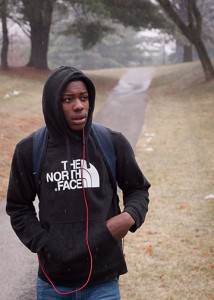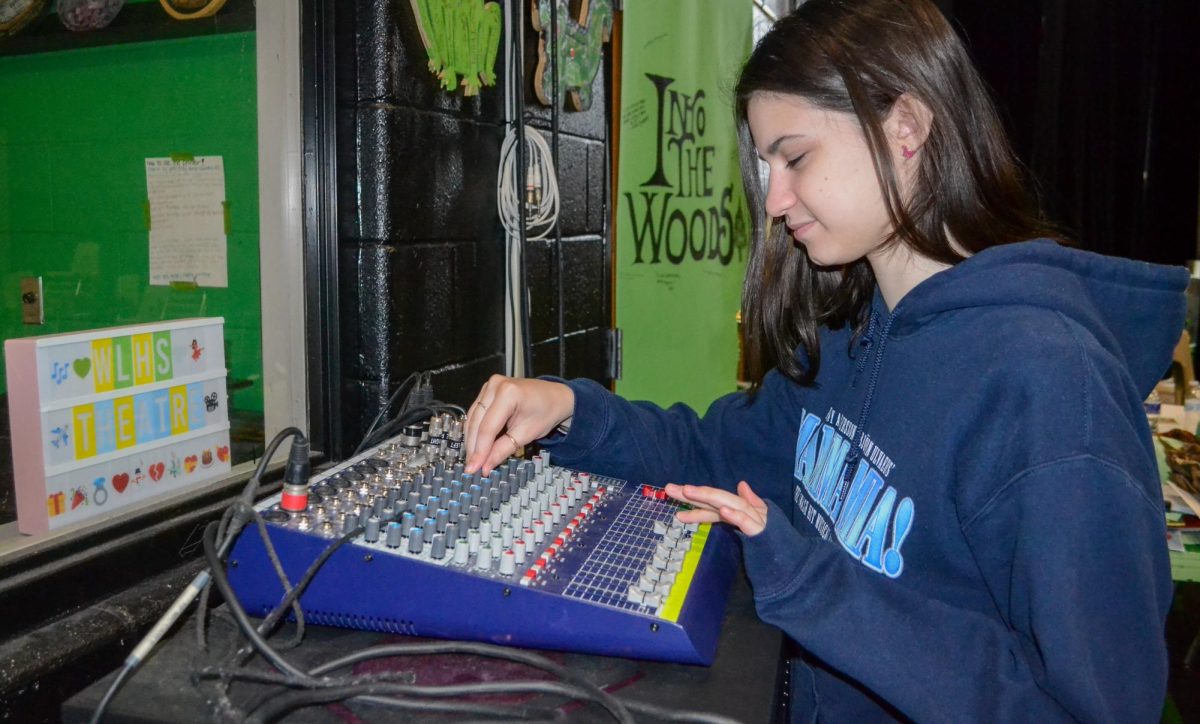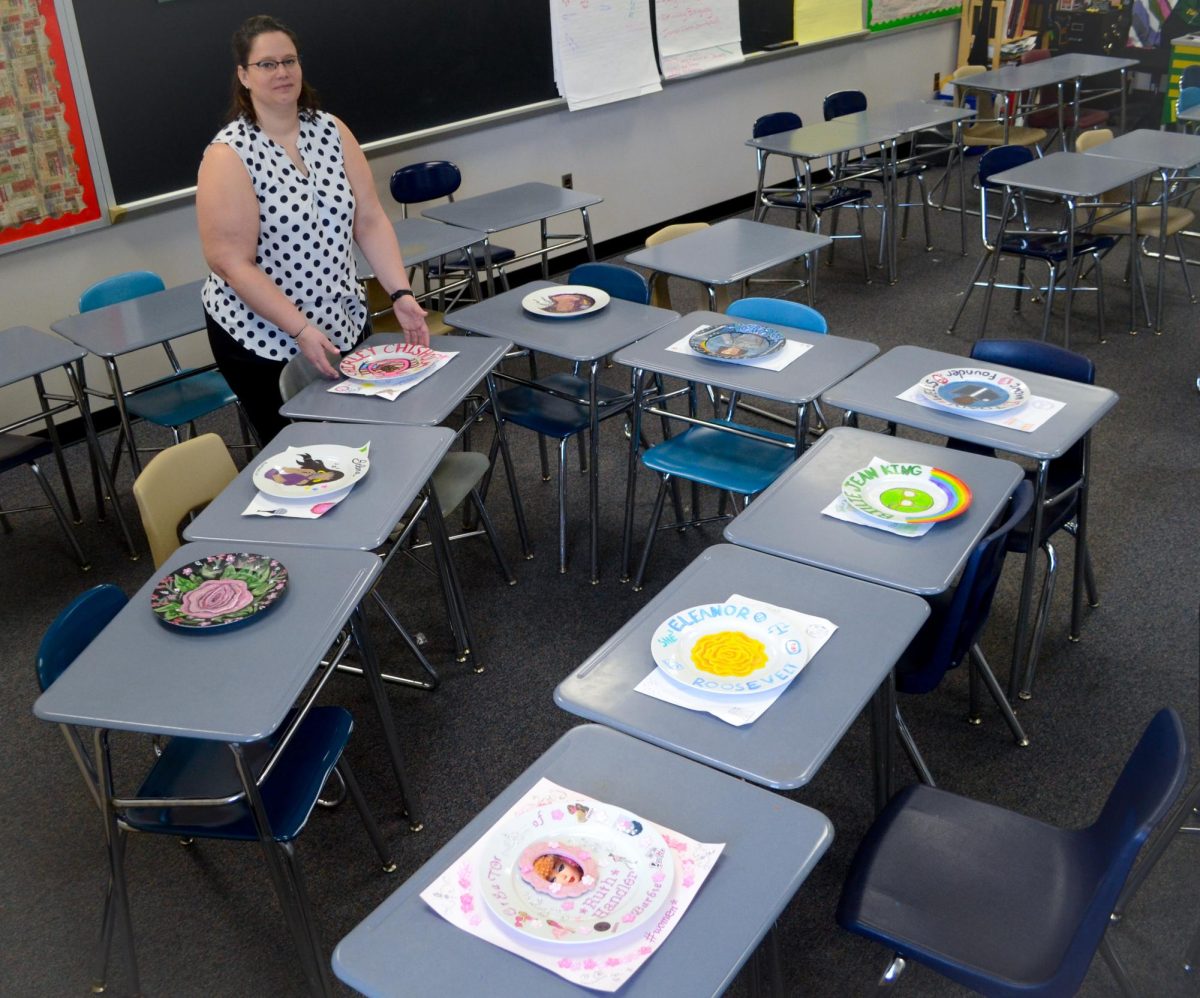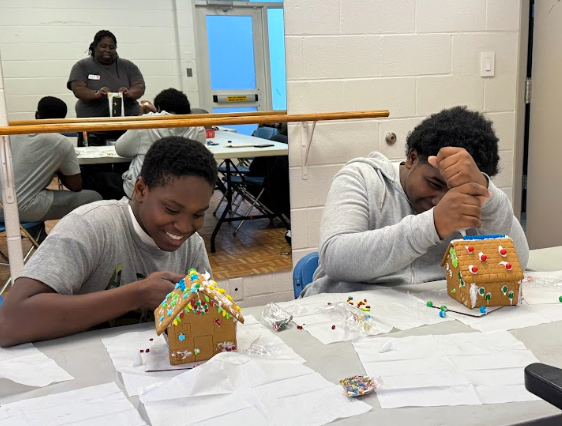 Local paths used to be freshman *Caroline Richardsons go-to route for getting around,` until the day she was sexually harassed.
Local paths used to be freshman *Caroline Richardsons go-to route for getting around,` until the day she was sexually harassed.
Richardson recalls the incident.
“A guy was walking towards me from the opposite direction on the path. He seemed normal enough from a distance, but as we got closer, he kept staring at me. I felt very uncomfortable,” said Richardson. “Once our paths finally crossed, he started asking me inappropriate questions and making comments, regarding what was under my skirt. It was the last time I walked on the paths alone.”
Richardson did not report the incident because she never saw the man again. She said, “Honestly, it’s just one of those things I have come to expect. I did not think anything of it.”
However, incidents, like that of Richardson’s, are not to be taken lightly among walkers, according to Wilde Lake Principal Mr. LeMon.
“Though the school does not monitor anything that is off school property, we want to keep the community informed if something does happen,” said Mr. LeMon. “We encourage students to report any incidents or accidents that occur.”
Still, for students who walk long distances, sometimes up to two miles, local paths, which wind through forests and behind residential neighborhoods, are unavoidable if students wish to get to school on time. These are the paths that, Richardson reports, feel less than safe, especially in the dark mornings and afternoons.
Senior Samantha Schlictman will not walk on local paths.
Stories about students being bullied, mugged, sexually harassed, and molested on secluded paths have made Schlictman afraid to take a quicker route to school. With no other option but to walk along the street, Schlictman must leave the house at 6:30 every morning to get to school on time. Though she admits her time would be cut significantly if she took one of the local paths, Schlictman does not feel safe walking alone.
“The sun still has not come up when I leave the house, but at least on the street I am in an open area with cars and street lights,” said Schlictman. “If I were to use one of the paths, I would feel paranoid and anxious because you never know who could be hiding in the dark.”
Other students have confirmed Schlictman’s fears.
According to junior *Margaret Hale, illegal activity often takes place on the paths.
“Day or night, if I ever walk on the paths, particularly the ones around Wilde Lake, I see students and adults selling drugs to each other,” said Hale.
Additionally, students face intoxicated strangers on the paths.
“There are always older men drinking and smoking on the paths and in the tunnels,” said freshmen Da’Myah Wands. “Once I was walking on the path behind the golf course in Harpers Choice. A group of guys were blocking the path with their bottles and smoke, so I had to cut across the field to avoid them . . . . I was scared and angry because I can’t even walk in my own neighborhood and feel safe.”
Moreover, the concern for safety is not limited to young women. Guys have reported incidents on the paths as well.
One student recalls his phone being stolen.
“I was walking on the path when a middle aged man asked me if he could make a call with my phone. I said sure and he told me not to move; he said he would be right back,” said junior Urick Frankfurt. “He never came back.”
Controversy arises when discussion of the safety of paths in Howard County is questioned. With over 40 walking paths, a majority of which are unlit and secluded, girls have expressed greater concern for their safety on the paths than guys.
Now some students feel the need to arm themselves when they leave home.
One student, who has asked to remain anonymous, admits to carrying a flashlight and a pocketknife whenever she walks alone. “If I could take a bus I would, but until I feel safe, I am not going to leave the house unprotected.”
But weapons including, firearms, knives, and chemical sprays are prohibited on school property. This leaves administration and students the task of proposing safer methods for students walking alone.
Mr. LeMon proposes that students come up with an alternate plan of safety ahead of time.
“We want students to stay safe but we cannot encourage them to carry weapons that could hurt others and potentially themselves if misused,” said Mr. LeMon. “We want all students to feel safe, and if students are so afraid for their safety that they feel they need to carry weapons, we encourage students to talk to us so we can find a solution.”
Additionally students suggest several practical means for staying safe on the paths.
Junior Cierra Lester says, “Don’t be distracted. Always be aware of your surroundings.”
Senior Devin McHugh suggests, “Looking around every once in a while,” and freshmen Desmyn Stevenson says, “Try to always walk in a group.”
“It’s a collaborative effort,” said Mr. LeMon. “Though I do not personally know the future of these paths, only with involvement from students, parents, the school, and the community as a whole, can we ensure that student’s understand how to be safe.”









